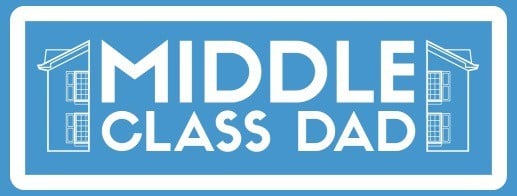
Life used to change by the minute. Nowadays, it’s by the second. Circumstances change, and sometimes they can improve your life. One example could be your home and your mortgage. You may hear about people refinancing their homes, which puts the thoughts in your head of doing the same thing. When should you take the big step? This guide outlines six signs that it’s time to refinance.
1. Interest Rates Go Down
The first sign you should refinance is when interest rates go down. The interest is what you pay to the lender on top of the home’s cost. When you buy a house, you can expect to pay that interest for your mortgage. However, interest rates fluctuate depending on the state of the economy. After you buy a home, you should watch for interest rates to lower for a prime refinancing opportunity.
Sometimes, the market provides optimal times for mortgage rates. For example, January 2021 saw interest rates dip to 2.65% for a 30-year mortgage, a record low in the US. But two years later, interest rates went back up. In November 2022, interest rates peaked at around 7.08% for a 30-year mortgage. If you bought a house around that time, you could get a better rate as interest rates start falling.
2. Credit Score Goes Up
Your credit score is critical in determining the interest rate the lender gives you. A first-time home buyer at 30 may have a lower credit score than somebody at 45 with a more extended credit history. The difference in mortgage rates may seem small from a percentage standpoint, but the tenths make a significant difference.
For example, a credit score of 740 gets you a fixed rate of 0.5 percentage points better than someone with a 680 credit score. In a 30-year mortgage, that slight difference can add up to thousands of dollars saved. If your credit score improves significantly over time, that may be a sign to refinance your home.
3. New Type of Loan
Sometimes, low credit scores can prevent buyers from getting a typical mortgage from the bank. So they take advantage of loans from the Federal Housing Administration (FHA). FHA loans help buyers by requiring a low down payment, minimal credit qualifications and reduced closing costs. FHA loans are excellent for first-time buyers, but refinancing is still in the cards.
One drawback of an FHA loan is the insurance premiums. Some homeowners with the loan can pay upwards of $1,000 annually. The insurance costs stay with you for the entire mortgage, but you can refinance. Suppose, down the road, your credit score improves. You can get a non-FHA loan and eliminate the insurance payments.
4. Shorter Loan Term
The most common type of mortgage you’ll see is a 30-year mortgage. This loan term allows you 360 months of payments to make the house affordable for you and your salary. However, some opt for a shorter term than that. The 15-year mortgage has become more popular for homeowners who want to pay off their homes more quickly.
There are varying circumstances that could cause this switch. Suppose your income is much higher now than when you first bought the house. Combine that with adding a spouse to the loan, and you have the recipe for a shorter term. You’ll have to make higher monthly payments, but you’ll get rid of the mortgage payments in half the time.
5. Longer Loan Term
Shortening your loan term is popular, but you may need to extend it. Fifteen-year mortgages bring high monthly payments and can quickly eat into your budget. Even if you can afford it, you may find value in switching to a longer loan term.
Going from a 15-year mortgage to a 20-year or 30-year plan will likely lower your monthly payments. You can use the extra cash to take care of other debts like a car note or student loans. Or you can use the money saved to work on home improvement projects to increase the property value. For example, a recent study shows solar panels increase home value by about 1.4% on average.
6. Adding Someone to Your Loan
It’s typical for a married couple to buy a house together. However, sometimes people take on the task independently. Purchasing a home alone is perfectly doable if you save enough money. You may have someone like a partner move in with you down the line. At this point, you can add them to the loan agreement.
Adding someone else to the mortgage is a solid idea. In fact, this person can help you get better interest rates on your home if they have a good credit score and a steady income source. Refinancing is also an option if you need to take someone off the loan. Something may happen to your relationship where you need to become the sole owner of the house. Refinancing is required to take someone off, so watch the market for interest rate hikes before doing so.
Refinancing for a Better Future
Buying a home and paying it off are expensive ventures, but there are ways you can save money along the way. Who says you have to pack up your things and move? Many homeowners opt to refinance for myriad reasons. You may run into one of these six situations and decide it’s time to refinance your house.
- Sagittarius Man & Gemini Woman Love and Sex Compatibility - January 31, 2024
- Taurus Ascendant Rising Personality Traits in Men (Guide) - January 31, 2024
- How to Seduce and Attract a Sagittarius Man (Seduction Tips) - January 31, 2024
